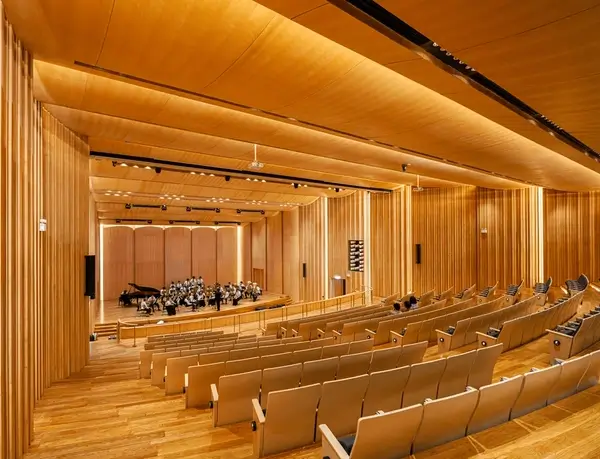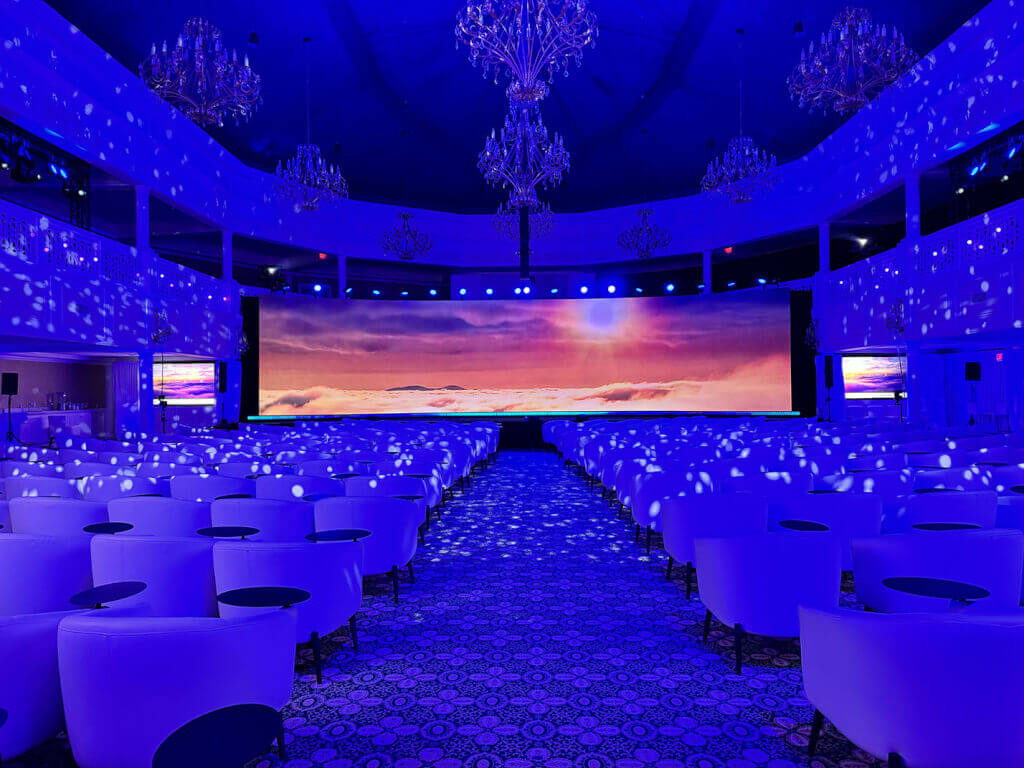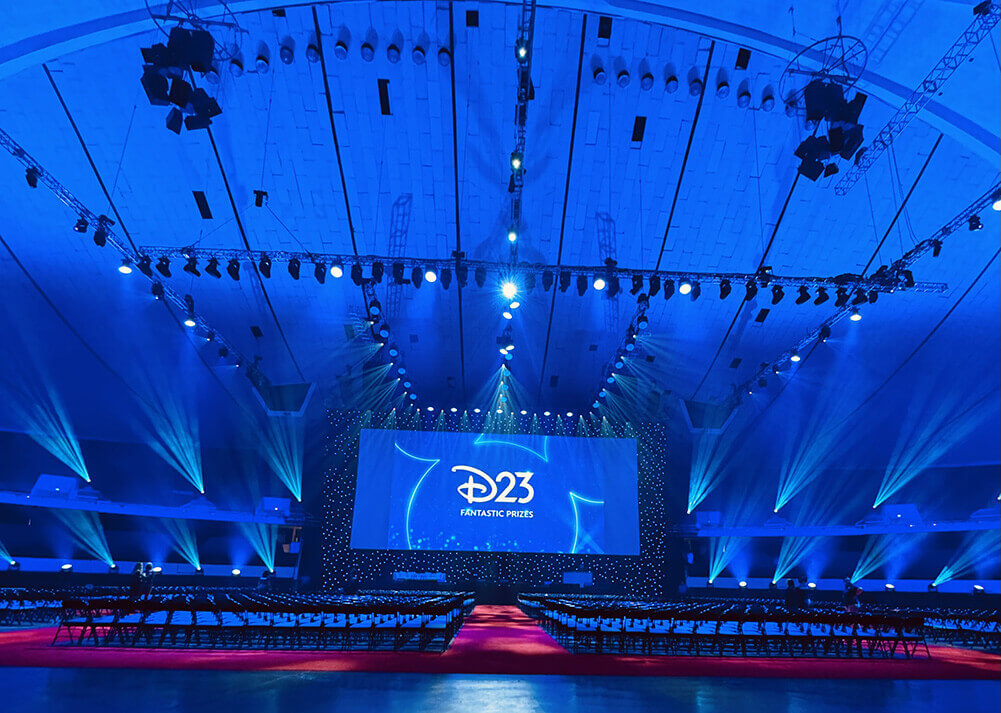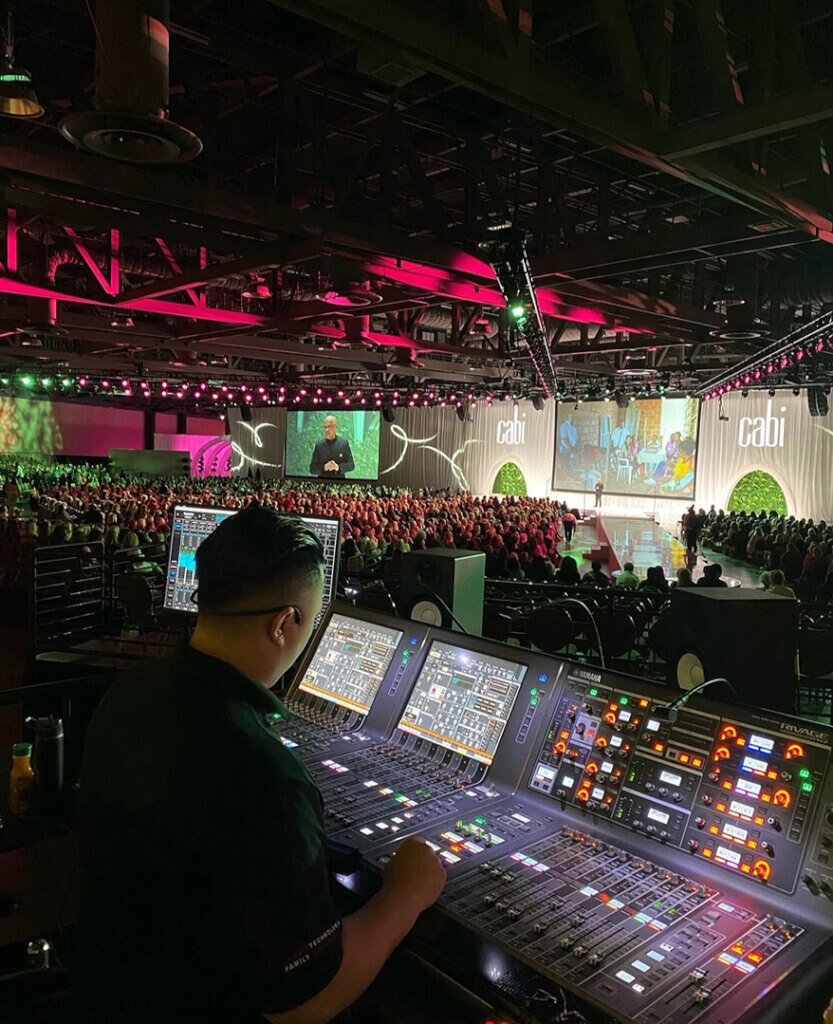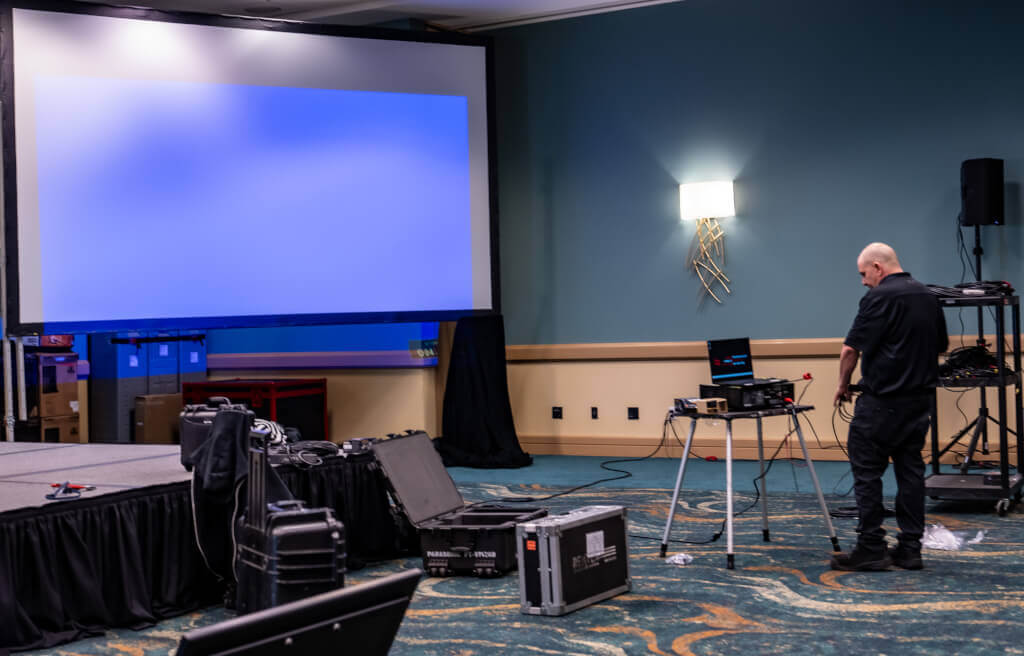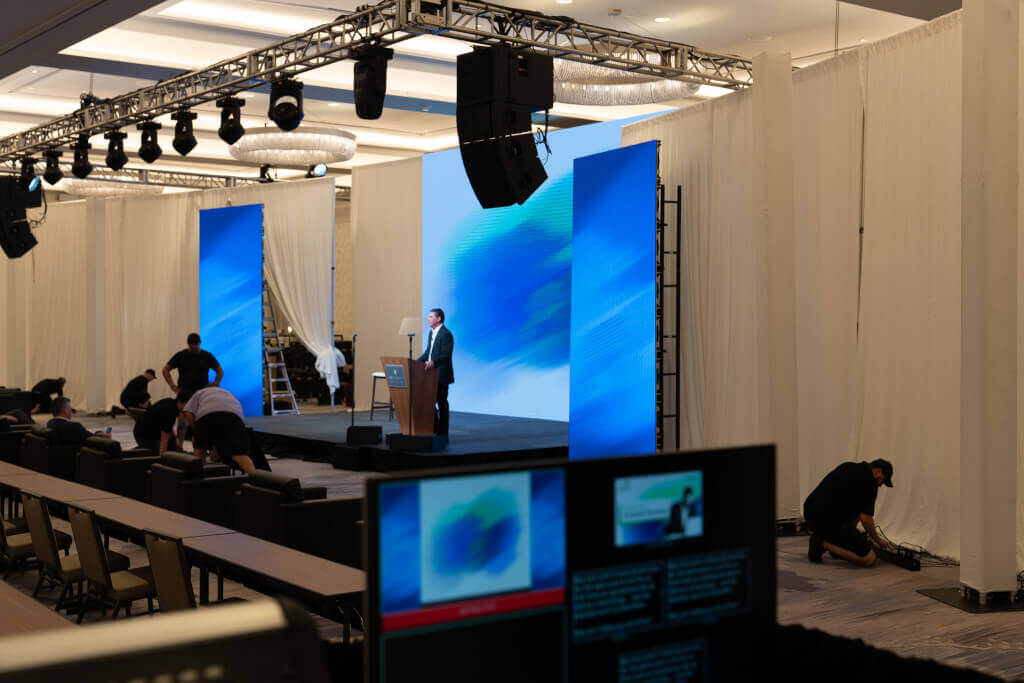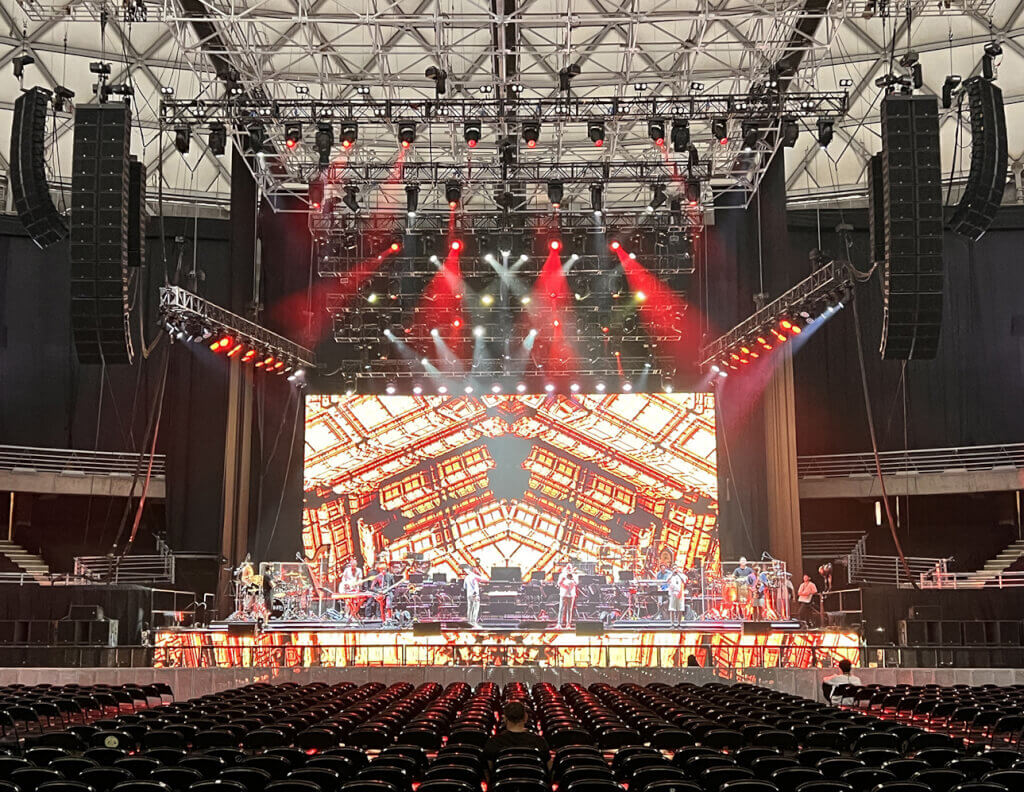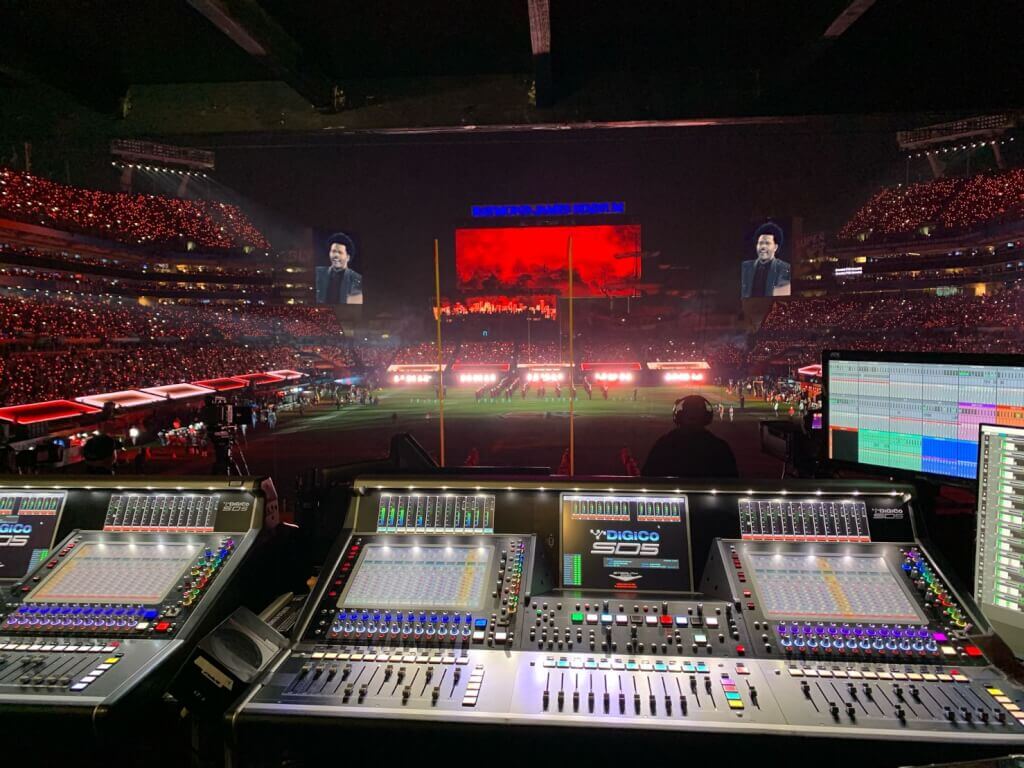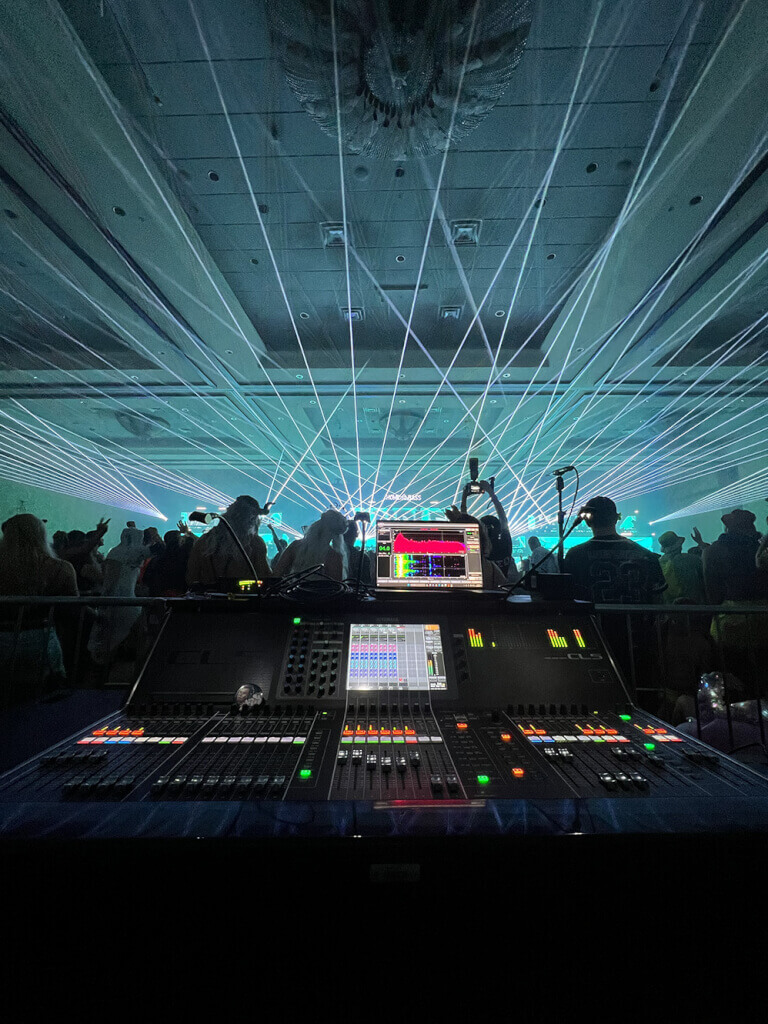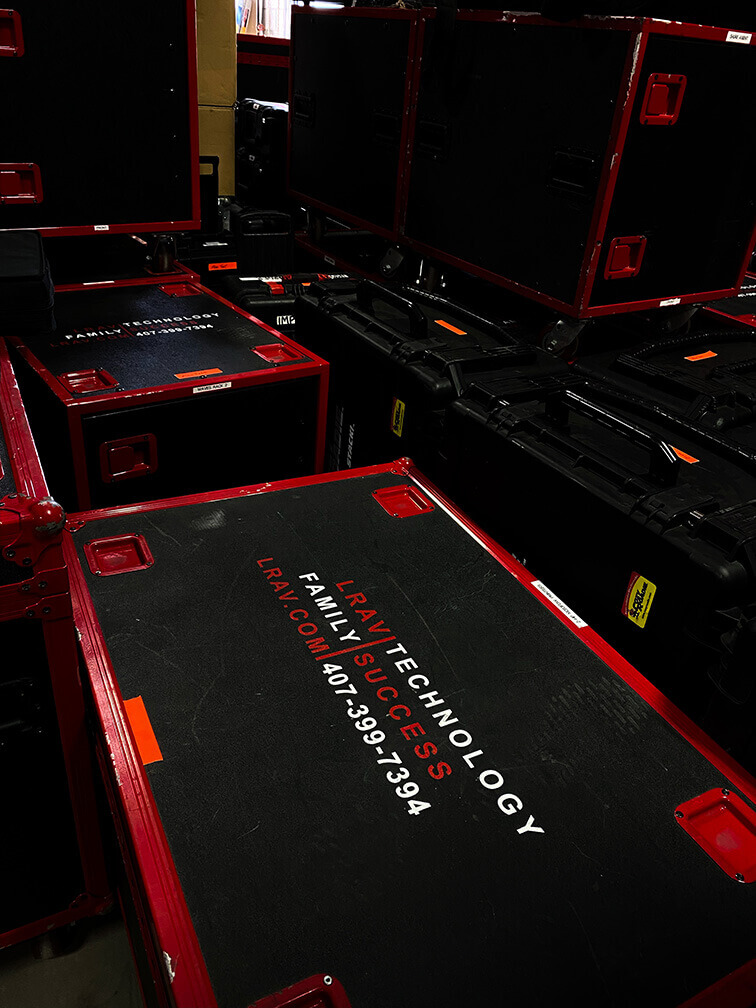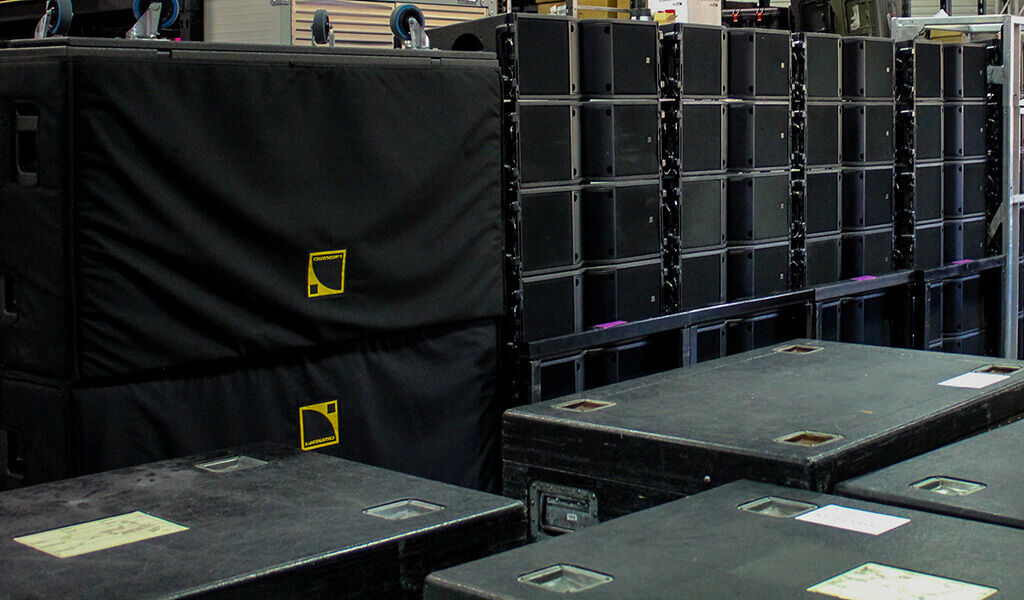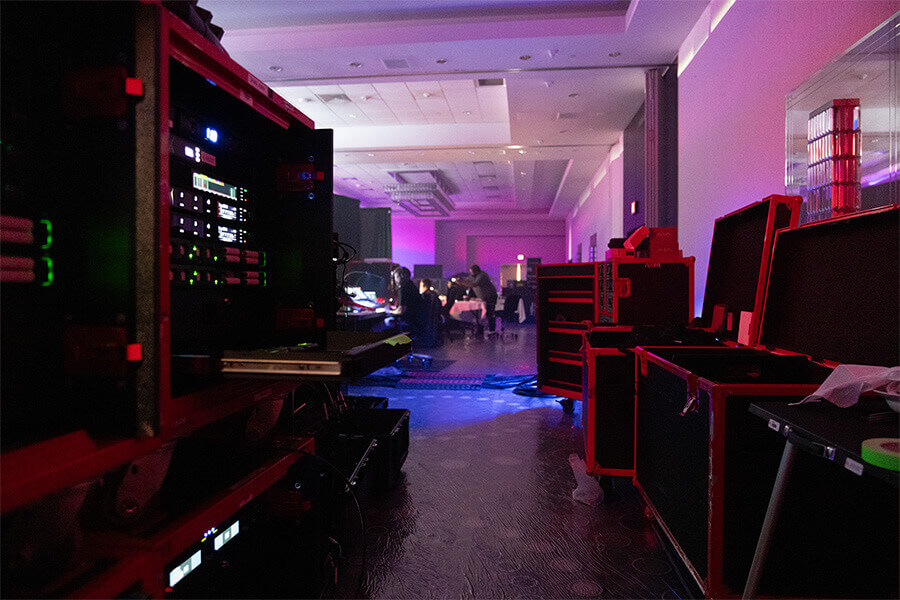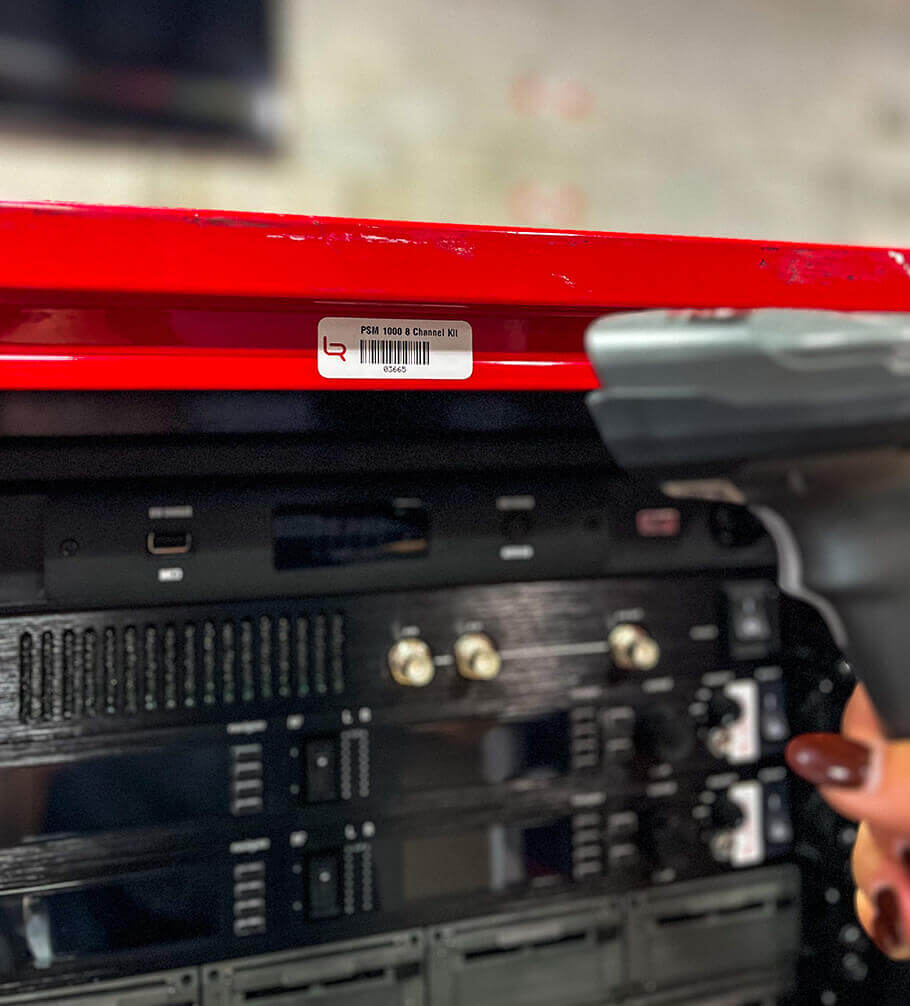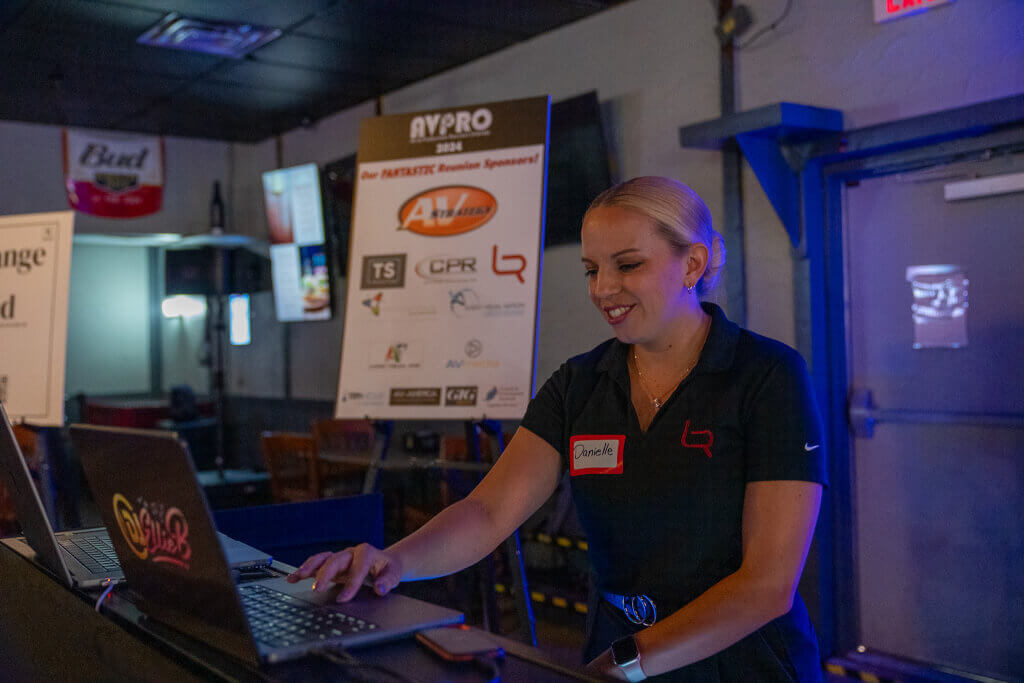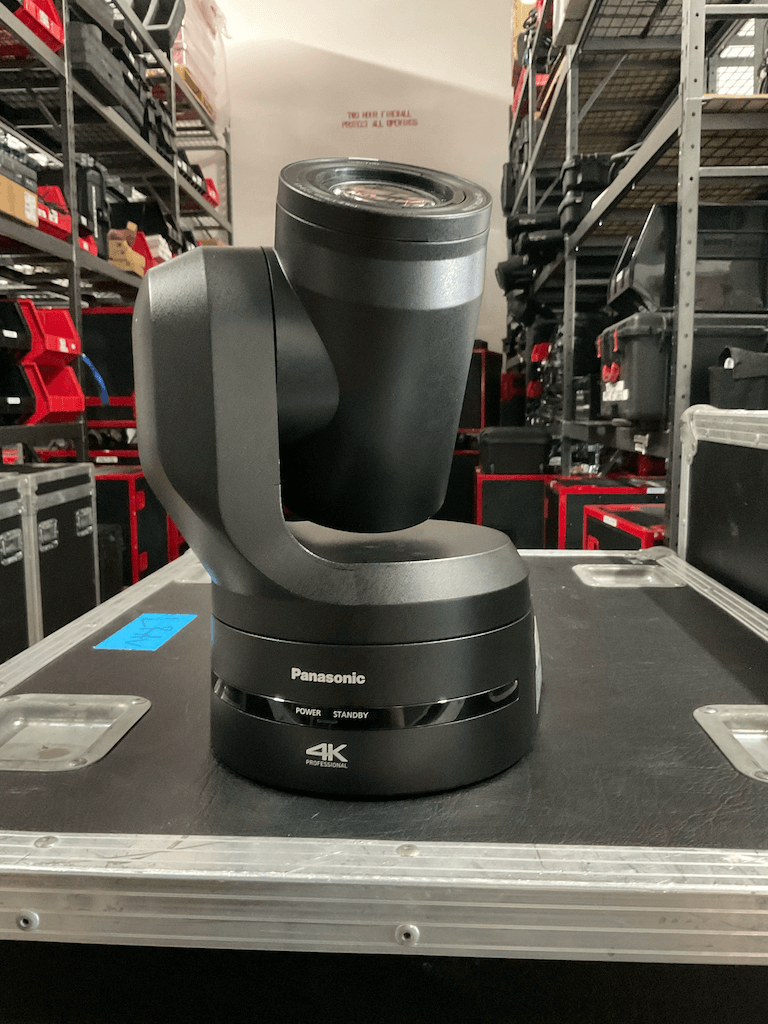Have you ever been at an event where the keynote speaker sounds like they’re trapped in a canyon? Or a band that looks amazing but sounds like they’re underwater? Chances are, the problem wasn’t the performer or the microphone—it was the acoustics of the space.
Acoustics are the invisible architecture of any event. You can’t see them, but you definitely feel them. And when they’re bad, everyone notices, even if they don’t know what’s going wrong.
Let’s explore why acoustics matter so much in event spaces, and how understanding the science of sound can completely change the guest experience.
What Are Acoustics?
Acoustics is the science of how sound behaves in a space. It’s all about how sound waves travel, reflect, absorb, or bounce around the room. Every wall, ceiling, floor, and material plays a part.
Think of it like throwing a tennis ball in a room. If the walls are soft, the ball stops quickly. If the walls are hard, the ball bounces all over the place. Sound works the same way.
That’s why a conversation in a carpeted hotel room feels very different from one in a gymnasium or cathedral. The surfaces, the shape of the room, and even the number of people in it all affect how sound behaves.
Acoustics in Real Life Events
When we talk about acoustics in events, we’re talking about how clearly the audience can hear.
For example:
- Corporate Events: You want the speaker to sound clear and professional. Poor acoustics can make even the most inspiring presentation sound mumbly or distant.
- Concerts: Musicians rely on acoustics to ensure the music blends well. Bad acoustics can cause echo, muddying the sound and making instruments clash.
- Weddings & Ceremonies: Nothing kills the vibe like a romantic vow that sounds awful to the family watching.
- Festivals: Outdoor spaces have fewer reflective surfaces, so engineers must carefully direct sound to avoid it getting lost in the wind.
In short, bad acoustics = poor sound quality, no matter how expensive your gear is.
The Science at Work
Here are a few terms that help explain how acoustics impact sound:
- Reverberation: This is the lingering sound after the source has stopped. A little reverb adds warmth. Too much, and everything sounds like an echo chamber.
- Reflection: Sound waves bounce off surfaces like mirrors. Hard, flat surfaces create harsh reflections. Too many = audio chaos.
- Absorption: Soft materials (carpets, curtains, even people!) absorb sound, making it easier to control.
- Diffusion: Good acoustics often involve scattering sound evenly, so everyone hears the same quality no matter where they’re seated.
A good audio engineer uses all of this to make the sound feel natural and balanced.
Solving Acoustic Challenges
Thankfully, poor acoustics can be fixed. There are several ways to improve a room’s sound behavior:
- Acoustic Panels & Curtains: These absorb or diffuse sound and reduce echoes.
- Carpeting or Rugs: Great for cutting down reflections from hard floors.
- Speaker Placement: Strategic placement and angling can help direct sound where it’s needed.
- Digital Processing: Modern audio consoles come equipped with EQ and delay tools to compensate for difficult spaces.
Even just filling a room with people can significantly improve the acoustics—humans are surprisingly great sound absorbers!
Final Takeaway
Acoustics aren’t just a tech issue, they’re an experience issue. How the room sounds can elevate or ruin the moment.
So next time you’re booking a venue, don’t just ask about the lighting or square footage. Ask about the sound. Bring LRAV’s AV experts, do a sound check, and treat acoustics like the priority they deserve to be.
For more articles check out our News Section.
